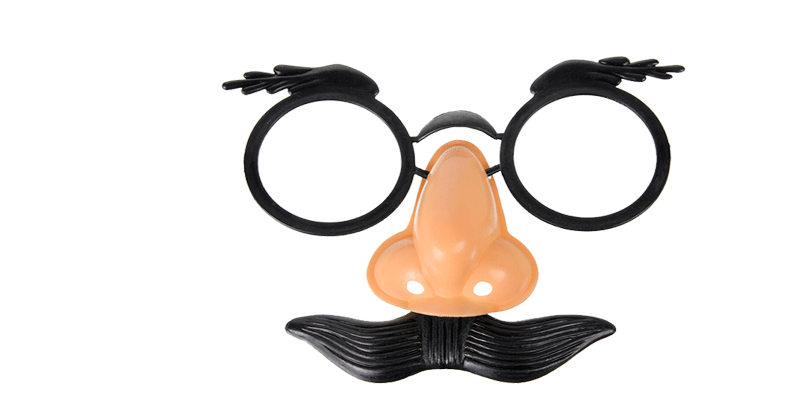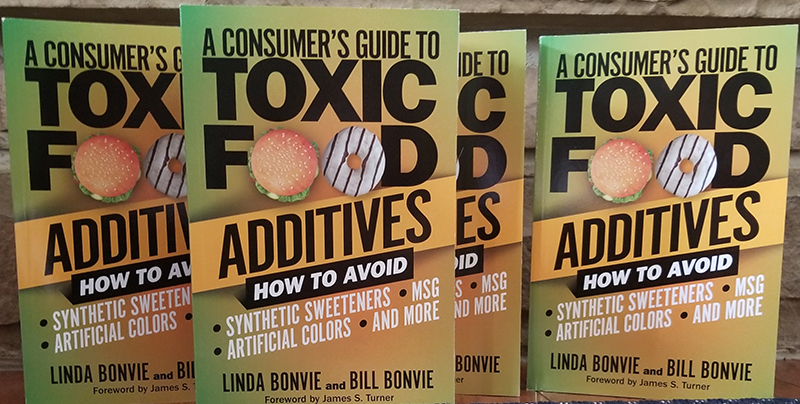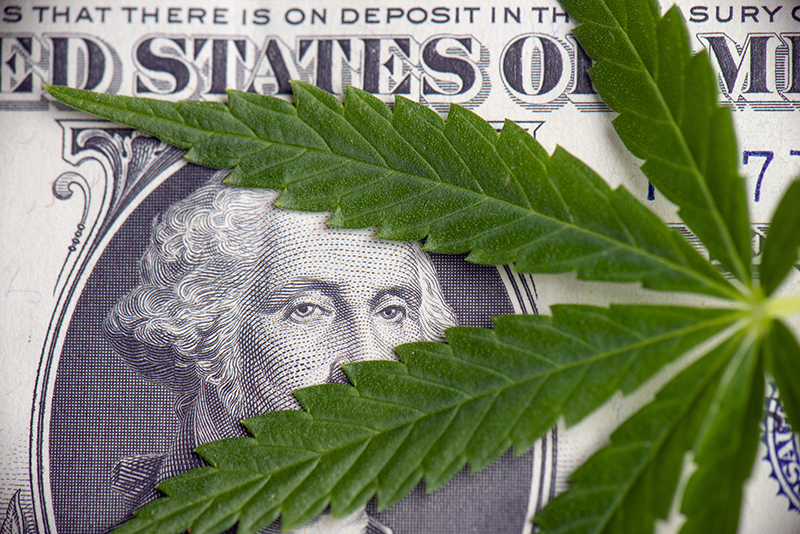Excitotoxicity is the pathological process by which nerve cells are damaged or killed by excessive stimulation by neurotransmitters such as glutamic acid (glutamate).
In 1969 when researcher Dr. John Olney of Washington University in St. Louis observed that process in his laboratory, it should have resulted in sweeping changes in how food additives are regulated.
He noted that glutamate fed as monosodium glutamate (MSG) to laboratory animals killed brain cells and subsequently caused gross obesity, reproductive dysfunction, and behavior abnormalities.
Before that, the world knew nothing of what Dr. Olney had dubbed “excitotoxins.” And after Olney’s discovery, the existence of free excitotoxic amino acids present in food became the best-guarded secret of the food and drug industries.
Today, excitotoxins present in food remain largely ignored or unknown, mostly because the rich and powerful food and pharmaceutical industries want it that way. A great deal of food industry profit depends on using excitotoxins to “enhance” the taste of cheaply made food. And a great deal of pharmaceutical industry profit depends on selling drugs to “cure” the diseases and disabilities caused by the excitotoxins in the food supply.
What are excitotoxins?
Excitotoxins are often amino acids, but not all amino acids are excitotoxins. The amino acid with the greatest excitotoxic footprint is glutamate. When present in protein or released from protein in a regulated fashion (through routine digestion), glutamate is vital to normal body function. It is the major neurotransmitter in humans, carrying nerve impulses from glutamate stimuli to glutamate receptors throughout the body. Yet, when present outside of protein in amounts that exceed what the healthy human body was designed to accommodate (which can vary widely from person to person), glutamate becomes an excitotoxic neurotransmitter, firing repeatedly, damaging targeted glutamate-receptors and/or causing neuronal and non-neuronal death by over exciting those glutamate receptors until their host cells die.
Technically speaking, neurotransmitters that over-stimulate their receptors to the point of killing the cells that host them are called excitotoxic neurotransmitters, and the resulting condition is referred to as excitotoxicity. Glutamate excitotoxicity is the process that underlies the damage done by MSG and the other ingredients that contain processed free glutamic acid (MfG).
Glutamate is called a non-essential amino acid because if the body does not have sufficient quantities to function normally, any needed glutamate can be produced from other amino acids. So, there is no need to add glutamate to the human diet. The excitotoxins in MSG and other ingredients that contain MfG are not needed for nutritional purposes. MSG and many other ingredients have been designed to enhance the taste of cheaply made food for the sole purpose of lining the pockets of those who manufacture and sell them.
Glutamate neurotransmitters trigger glutamate receptors both in the central nervous system and in peripheral tissue (heart, lungs, and intestines, for example). After stimulating glutamate receptors, glutamate neurotransmitters may do no damage and simply fade away, so to speak, or they may damage the cells that their receptors cling to, or overexcite their receptors until the cells that host them die.
There’s another possibility. There are a great many glutamate receptors in the brain, so it’s possible that if a few are damaged or wiped out following ingestion of MfG, their loss may not be noticed because there are so many undamaged ones remaining. It is also possible that individuals differ in the numbers of glutamate receptors that they have. If so, people with more glutamate receptors to begin with are less likely to feel the effects of brain damage following ingestion of MfG because even after some cells are killed or damaged, there will still be sufficient numbers of undamaged cells to carry out normal body functions.
That might account for the fact that some people are more sensitive to MfG than others.
Less is known about glutamate receptors outside the brain – in the heart, stomach, and lungs, for example. It would make sense (although that doesn’t make it true) that cells serving a particular function would be grouped together. It would also seem logical that in each location there would be fewer glutamate receptors siting on host cells than found in the brain, and for some individuals there might be so few cells with glutamate receptors to begin with, that ingestion of even small amounts of MfG might trigger asthma, atrial fibrillation, or irritable bowel disease; while persons with more cells hosting glutamate receptors would not notice damage or loss.
Short-term effects of excitotoxic glutamate (such as asthma and migraine headache) have long been obvious to those not influenced by the rhetoric of the glutamate industry and their friends at the U.S. Food and Drug Administration. Hopefully, researchers will soon begin to correlate the adverse effects of glutamate ingestion with endocrine disturbances such as reproductive disorders and gross obesity. It is well known that glutamate plays an important role in some mental disorders and neurodegenerative diseases, but the fact that ingestion of excitotoxic glutamate might contribute to existing pools of free glutamate that could become excitotoxic, still needs to be considered. Finally, a few have begun to realize the importance of glutamate’s access to the human body through the mouth, nose and skin.
There are three excitotoxic amino acids used in quantity in food, cosmetics, pharmaceuticals, protein drinks and powders, and dietary supplements:
1) Glutamic acid — found in flavor enhancers, infant formula, enteral care products for invalids, protein powders, processed foods, anything that is hydrolyzed, and some pesticides/fertilizers.
2) Aspartic acid — found in low-calorie sweeteners, aspartame and its aliases, infant formula, protein powders, anything that is hydrolyzed, and
3) L-cysteine — found in dough conditioners.
According to Dr. Edward Group, the six most dangerous excitotoxins are: MSG (monosodium glutamate), aspartate, domoic acid, L-BOAA, cysteine, and casein.
If you have questions or comments, we’d love to hear from you. And if you have hints for others on how to avoid exposure to MfG, send them along, too, we’ll put them up on Facebook. You can also reach us at questionsaboutmsg@gmail.com and follow us on Twitter @truthlabeling
Resources
Dr. Edward Group The 6 Most Dangerous Excitotoxins. Global Healing Center. (accessed 8/20/2016)
Blaylock RL. Excitotoxins: The Taste That Kills. Santa Fe, New Mexico: Health Press; 1994.
Olney JW. Brain Lesions, Obesity, and Other Disturbances in Mice Treated with Monosodium Glutamate; Science. 1969;164:719-21.
Olney JW, Ho OL. Brain damage in infant mice following oral intake of glutamate, aspartate or cystine. Nature. 1970;227:609-611.
Olney, J.W. Excitatory neurotoxins as food additives: an evaluation of risk. Neurotoxicology 2: 163-192, 1980.
Olney JW. Excitotoxins in foods. Neurotoxicology. 1994 Fall;15(3):535-44.
Gudiño-Cabrera G, Ureña-Guerrero ME, Rivera-Cervantes MC, Feria-Velasco AI, Beas-Zárate C. Excitotoxicity triggered by neonatal monosodium glutamate treatment and blood-brain barrier function. Arch Med Res. 2014 Nov;45(8):653-9.
Verywellhealth.com. An Overview of Cell Receptors and How They Work https://www.verywellhealth.com/what-is-a-receptor-on-a-cell-562554 (Accessed 5/5/2019)







